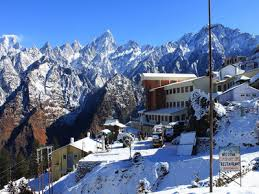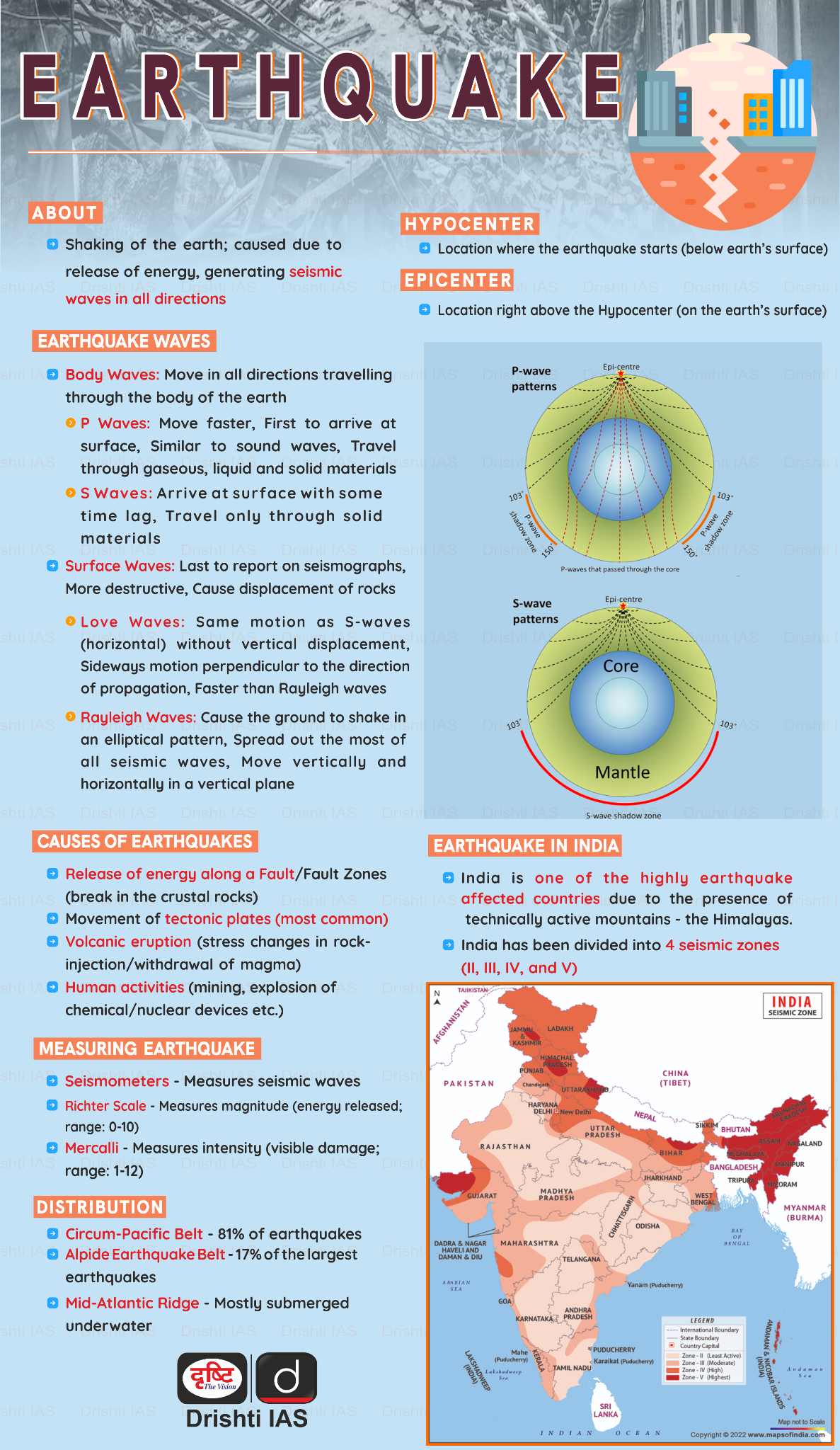Uttarakhand Switch to Hindi
Capacity Building Programme
Why in News?
Recently, a two weeks program on Capacity Building Programme on Project and Risk Management for Public Works for the officers from Republic of Tanzania commenced at the National Centre for Good Governance (NCGG), Mussoorie.
Key Points
- NCGG is committed to action research, studies, and capacity building at both the national and international levels.
- It's efforts align with the Indian philosophy of 'Vasudhaiva Kutumbakam’ i.e., “The world is one Family” and emphasizes strengthening bilateral ties and fostering cooperation with other countries.
- The capacity building program focuses on providing a rich cross country experience and a platform for policy dialogue, while sharing best practices focusing on project and risk management in various sectors.
- This will result in the officers gaining valuable insights into the manner in which projects are planned and executed and institutions are being transformed and people are getting closer to the government.
- The core objectives of the two-week training program is to equip officers with essential skills in Project and Risk Management for Public Works, while showcasing several projects and works in several important sectors relevant to the participants.
- The program incorporates immersive field visits, with officers slated to visit key project sites such as Dakpathar Hydropower and Irrigation Dam, NHAI in Uttarakhand, Dwarka Expressway in New Delhi, Indira Paryavaran Bhawan, World Trade Centre NBCC in New Delhi, and the Delhi Metro Rail Corporation, culminating with a visit to the iconic Taj Mahal.
The National Centre for Good Governance (NCGG)
- It was set up in 2014 by the Government of India as an apex–level autonomous institution under the Ministry of Personnel, Public Grievances and Pensions.
- The Centre traces its origin to the National Institute of Administrative Research (NIAR), which was set up in 1995 by the Lal Bahadur Shastri National Academy of Administration (LBSNAA), the Government of India's topmost training institute for civil services.
- NIAR was subsequently rechristened and subsumed into NCGG.
- NCGG deals with a gamut of governance issues from local, state to national levels, across all sectors.
- The Centre is mandated to work in the areas of governance, policy reforms, capacity building and training of civil servants and technocrats of India and other developing countries. It also works as a think tank.
Uttarakhand Switch to Hindi
Abbott Mountain’s of Uttarakhand
Why in News?
Abbott Mountain can be found in the beautiful Himalayan ranges of Uttarakhand, in the town of Lohaghat in the Champawat district.
Key Points
- Abbott Mountain holds historical significance, named after British surgeon Dr. James Abbott, who served as the Commissioner of Kumaon during the British Raj era. His contributions to the development of the region are commemorated through this majestic peak.
- Apart from its natural beauty, Abbott Mountain also serves as a paradise for adventure enthusiasts.
- The region is home to a diverse array of flora and fauna, including rare Himalayan species such as musk deer, Himalayan black bear, and a variety of bird species.
Indian Himalayan Region
- The IHR covers ten states and four hill districts of India, viz. Jammu & Kashmir, Uttarakhand, Himachal Pradesh, Sikkim, Arunachal Pradesh, Meghalaya, Manipur, Mizoram, Nagaland, Tripura, among the states and the hill districts of Dima Hasao, Karbi Anglong in Assam and Darjeeling, Kalimpong in West Bengal.
- The uncontrolled demand-driven economic growth has led to haphazard urbanization, environmental degradation and increased risks and vulnerabilities, seriously compromising the unique values of Himalayan ecosystems.
- In addition to a focus on economic growth, the roadmap for sustainable development of the Indian Himalayas needs to be in sync with the relevant Sustainable Development Goals (SDGs).
- Therefore the development in the Himalayas must be fully embedded in the environmental, socio-cultural and sacred tenets of the region.
Uttarakhand Switch to Hindi
Earthquake in Uttarkashi
Why in News?
According to the National Centre for Seismology (NCS) data, an earthquake of 2.6 magnitude on the Richter scale hit Uttarkashi district of Uttarakhand.
Key Points
- The epicentre of the earthquake was located at Latitude 31.00 and Longitude 79.31, at a depth of 5 kilometres.
- National Center for Seismology (under the Ministry of Earth Sciences) is the nodal agency of the Government of India for monitoring of earthquake activity in the country.
- Currently, India has only 115 earthquake observatories.
- The most important aspect of the Earthquake Observatory is to be able to accurately predict the time of the earthquake.








%20MPPCS%202025%20Desktop%20E.jpg)
%20MPPCS%202025%20Mobile%20E%20(1).jpg)










.png)
.png)











 PCS Parikshan
PCS Parikshan




-min.jpg)